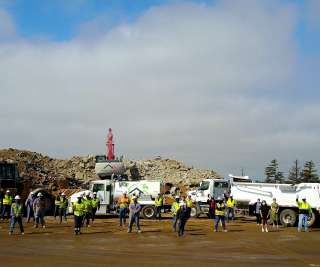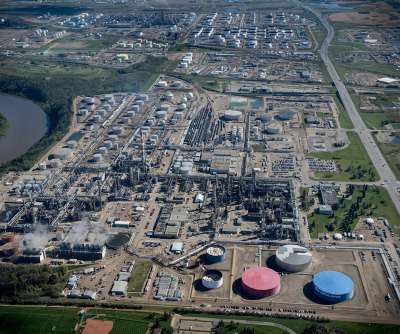Building materials recycler switches fleet to Neste renewable diesel
Green Car Congress
DECEMBER 24, 2020
Since forming in 2013, Argent Materials, a San Francisco Bay Area recycler of concrete and asphalt, and supplier of aggregate such as crushed rock, entry, cutback, sand, backfill and base rock for construction projects, has diverted more than a billion pounds of waste from local landfills. —Bill Crotinger.






































Let's personalize your content